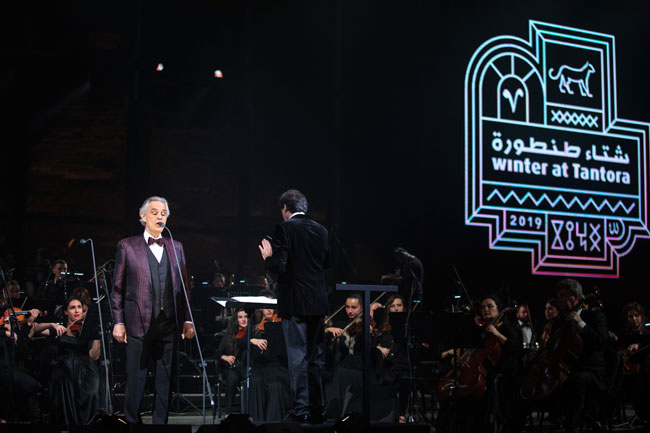FEBRUARY 24, 2020
TRAVEL• BY: SHARON HOGE
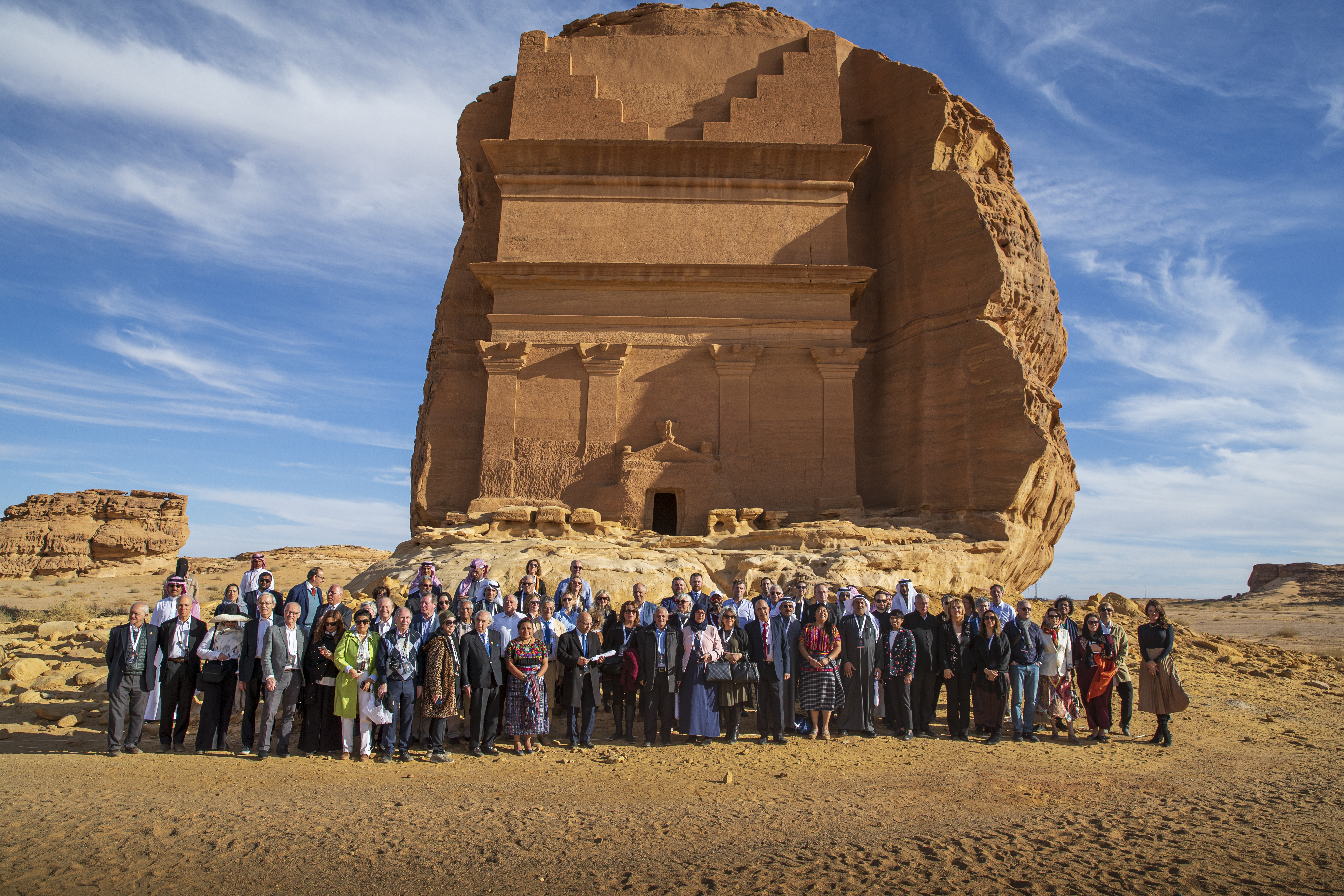
Even in 1001 Arabian Nights, it’s unlikely Scheherazade could have invented a scenario as marvelous as the Hegra Conference of Nobel Laureates. Once upon a time in January 2020, 19 winners of Nobel Prizes, Saudi nobles, world class business executives, a renowned opera tenor, and over a few dozen other dignitaries gathered in the sands of the Arabian desert to discuss heritage and the future of the planet.
Engaged by H.R.H. Prince Badr Bin Abdullah Bin Farhan Al Saud, Arabia’s Minister of Culture and Governor of the Royal Commission for AlUla, curator Richard Attias was the “genie” whose firm orchestrated three days of lectures, elaborate meals, concerts, art viewings, networking, and informal diplomacy all taking place in the fantastical northwest Arabia desert locale.
For 7000 years the magnificent red mountain region of AlUla in northwest Arabia has been a cradle of culture, a vital crossroad on the camel caravan Incense Route, bringing together people, cultures, and tradition through the ages. Like nearby Petra the capital, UlAla/Hegra was also an important lst century city of the Nabatean kingdom, a place for the elite to bury their dead in elaborate stone-carved tombs. Now an UNESCO Heritage site, it’s called the world’s Largest Living Landscape Museum.
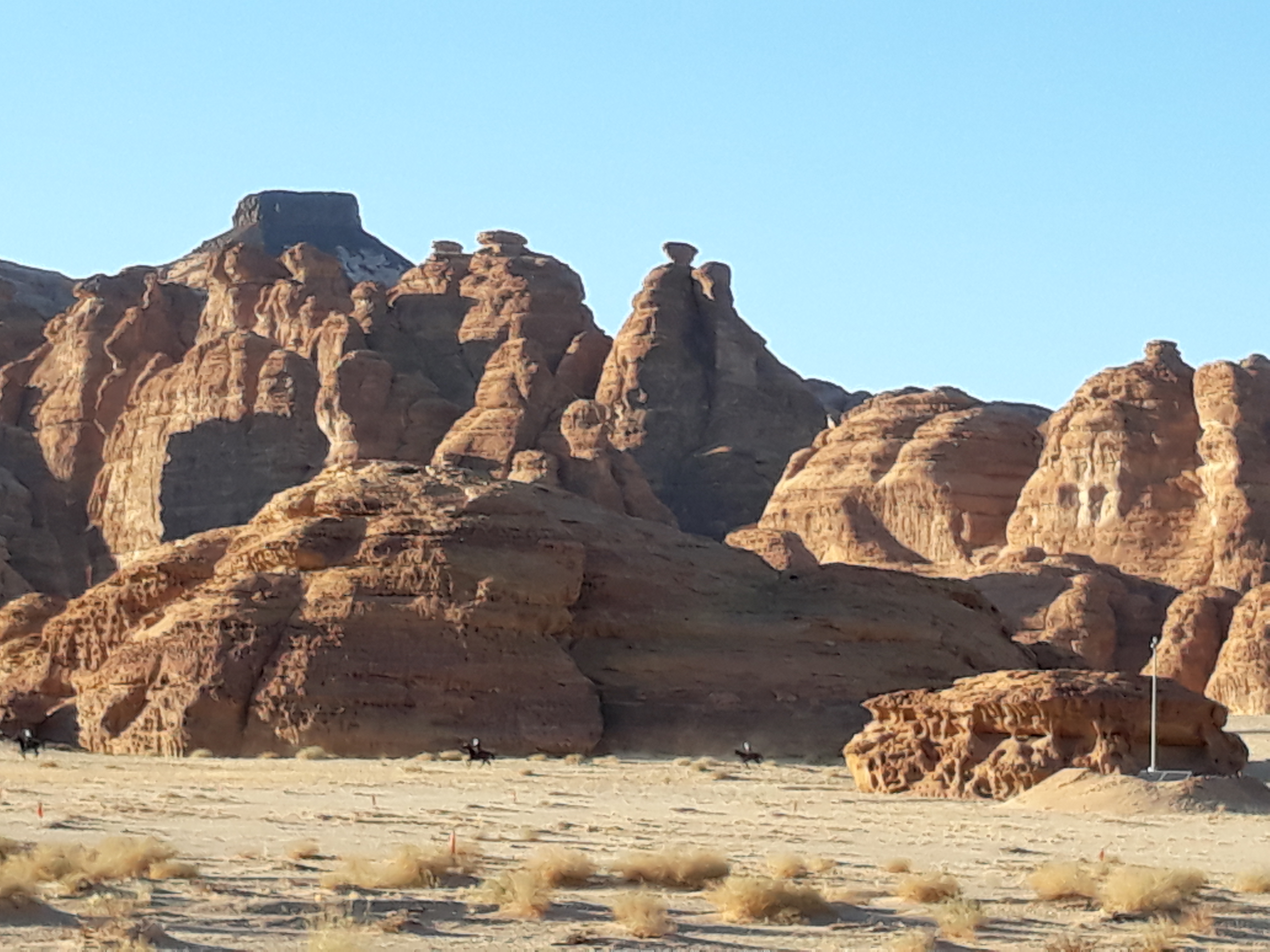
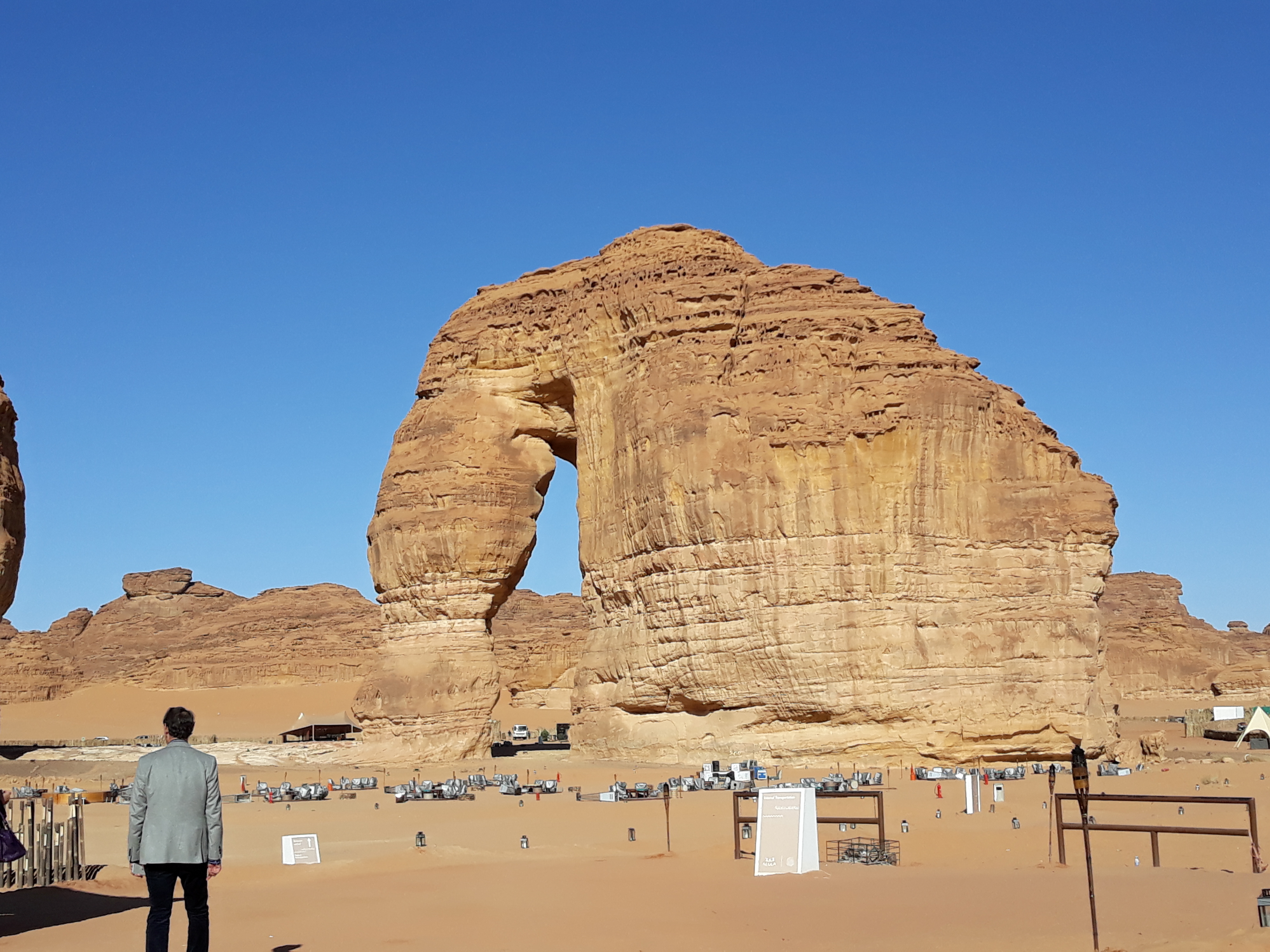
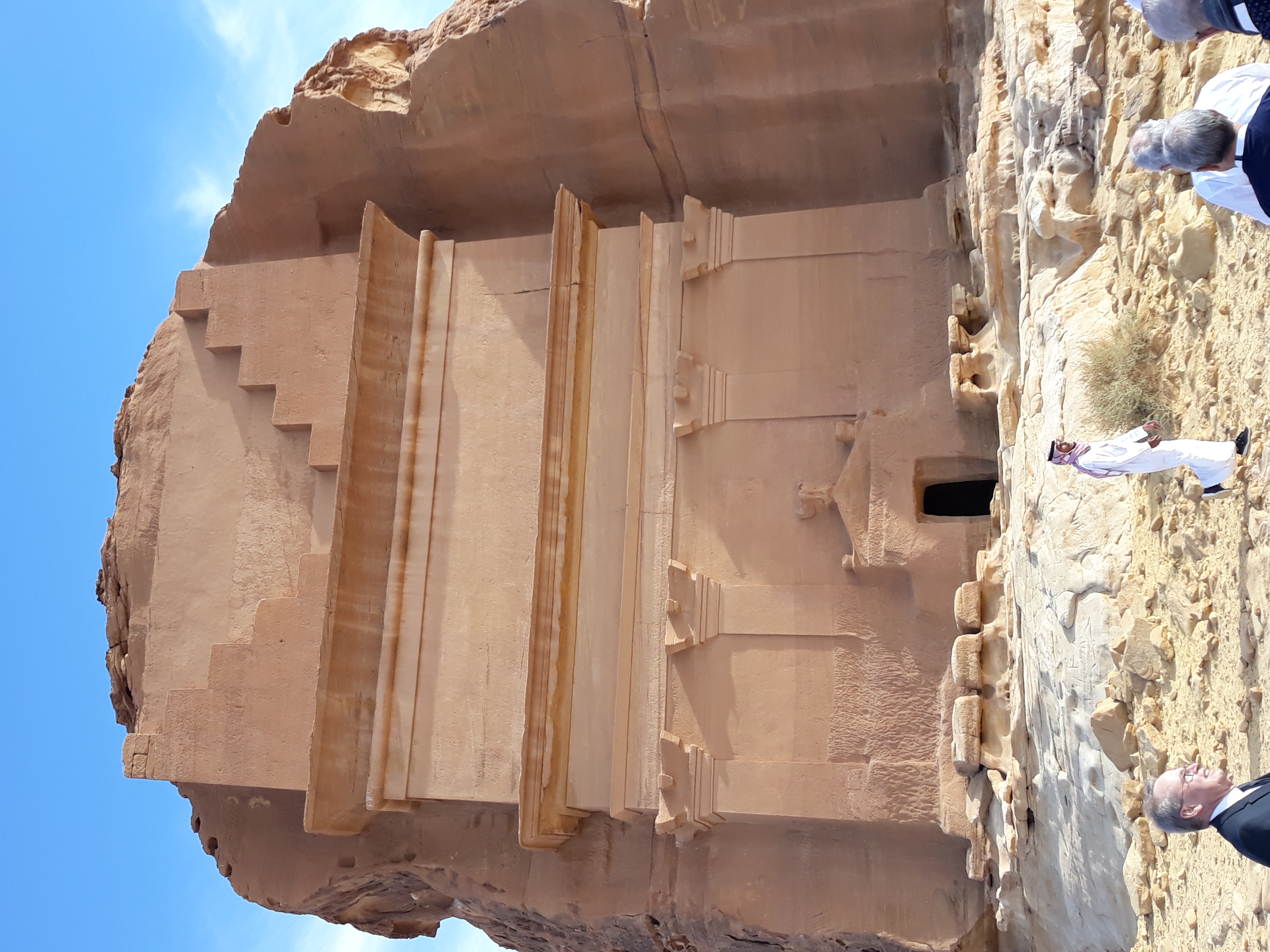
While launching tourism as an alternative to dependence on oil, the Royal Commission for UlAla is dedicated to safeguarding the area by integrating its natural and cultural heritages and prolonging its rich tradition of cultural exchange. The Hegra Conference introduced the region’s marvels and history to some of the world’s great thinkers in an opportunity to extend the region’s heritage into the future, leading to greater understanding and humanity.
Between dialogue exchanges, delegates discovered new hotels, festivals, and other activities, all created with a fastidious sensitivity to maintaining and expanding the region’s natural and cultural heritage as one living environment.
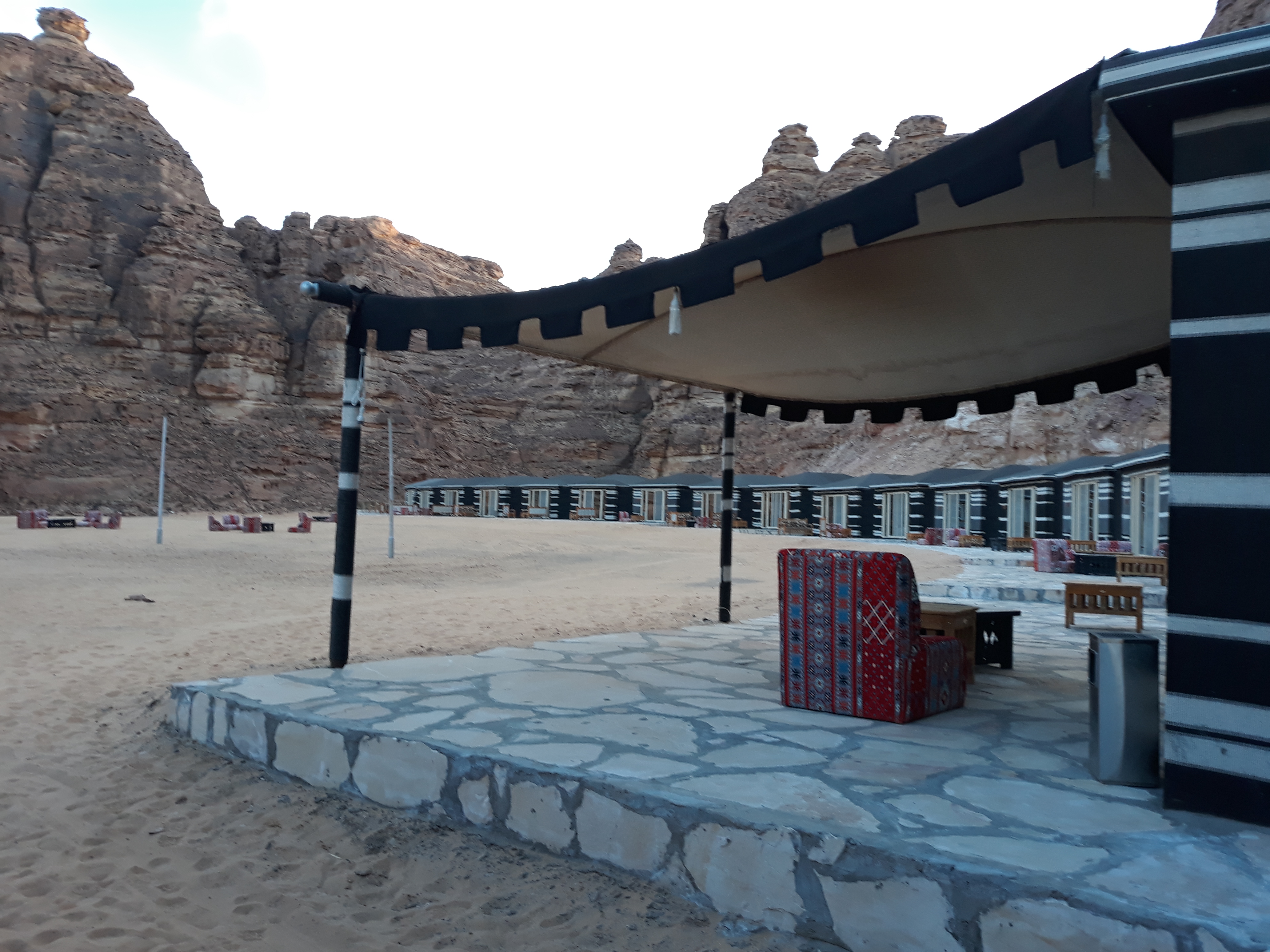
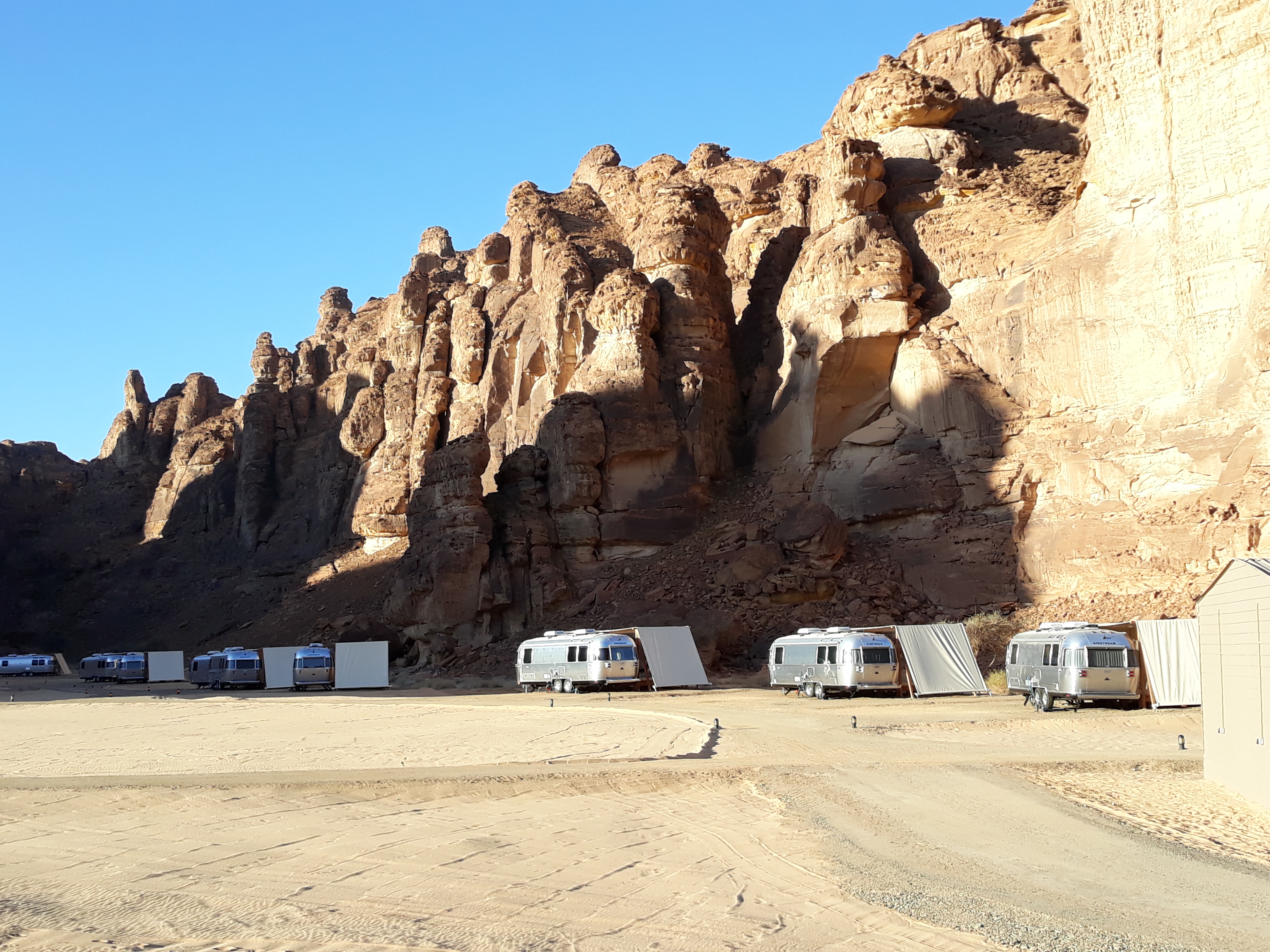
Conference activities were held in an extraordinary mirrored activities hall, appropriately named “Maraya” the Arabic word for mirror. Nestled on the sand, it is totally reflective, designed with its angles merging into the landscape so that it seems to disappear.
“What could they ever build that would be better than the landscape?!,” a participant exclaimed. A stately column of graceful Arabian horses in full regalia stood in a patient receiving line as delegates approached for the morning sessions.
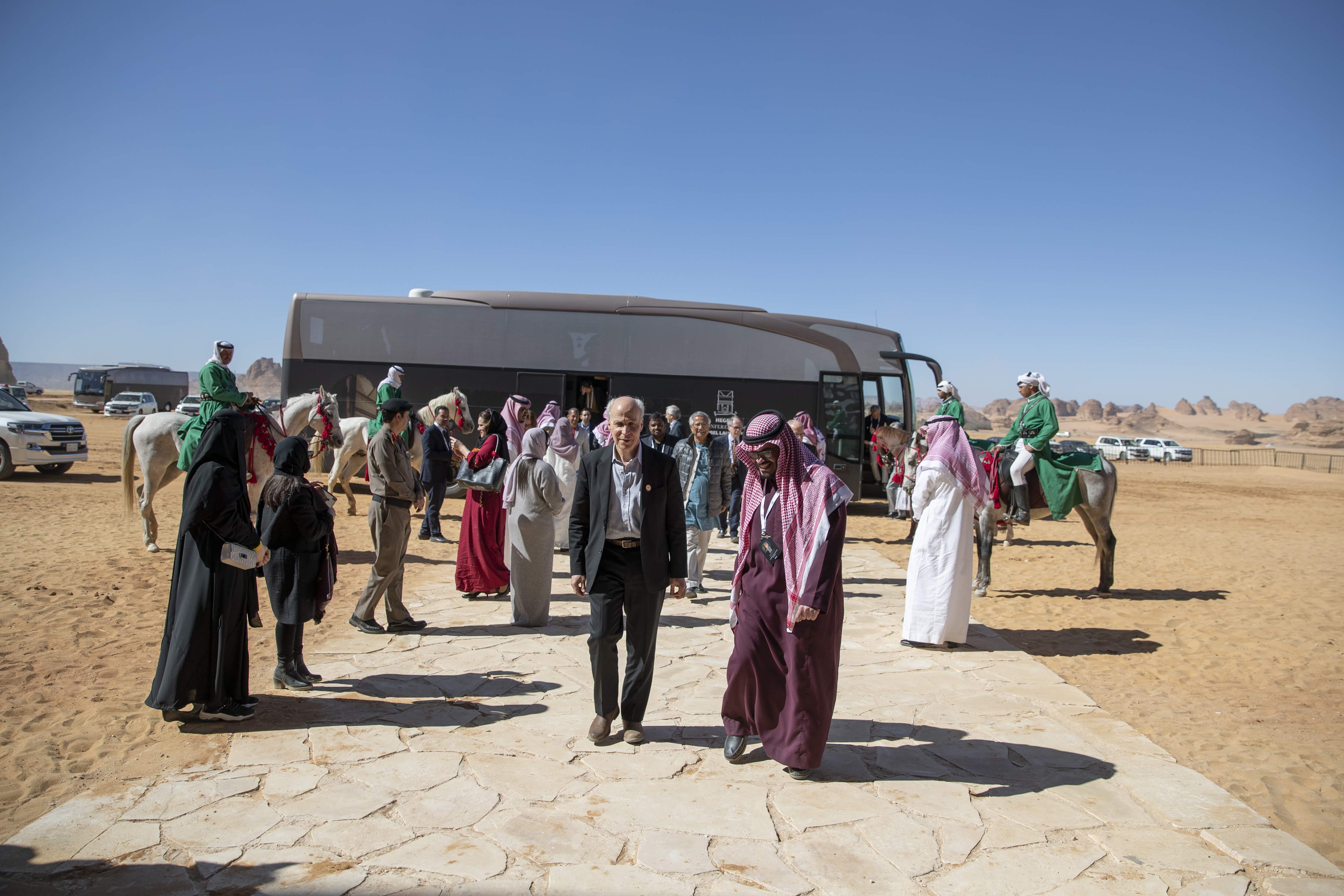



H.R.H. Prince Badr opened the conference, welcoming the group to the ancient oasis of religion and culture to share and generate ideas to help build a future legacy. He was followed by conference creator Richard Attias who reinforced the hope that AlUla will become an icon and beacon for sustainable development, generating ideas that will be followed up as contributions to positive change. UNESCO Director-General Audrey Azoulay reinforced the importance of placing a value on aspects of history that can nurture education and peace.
In a stirring address, Laureate Muhammad Yunus warned he sees the world at a crisis point and challenged the group to deal with what he called the decade of last chance. “I feel there is no time left; now is the time for something else.”







Applying lessons from past heritage to generate a humane future was the theme for the next two days as ecologists, archaeologists, historians, medical doctors, Saudi officials, scientists attended sessions and interactive dialogues dealing with issues facing the world.











Opening the region to visitors, the Royal Commission has inaugurated annual “Winter in Tantora Festivals,” twelve weeks of hot air balloon rides, hiking, cycling, polo, celebrity performances, horse races, open-air living experiences. Visiting midway through”Tantora’s” second year, the Nobel Conference delegates sampled festival events.
A tour to the remarkable tombs was essential. Archaeologists recounted how wealthy Nabataeans would purchase a site and engage carvers who would work from the top down creating a façade with five steps leading up to heaven and inside shelves or floor chambers to receive remains. Within nine months these magnificent facades would be completed to last through eons to come.





There was an excursion to Desert X, an open air exhibit of contemporary sculptures installed on the sand. A chance to see horse races was preceded by an elaborate luncheon served in the equestrian clubhouse. One highlight was a concert with renowned tenor Andrea Bocelli singing in the auditorium of Maraya Festival Hall.
Enriched by the exchange, delegates parted the Conference aware that the roles of heritage and culture are crucial in approaching the future of the planet.







